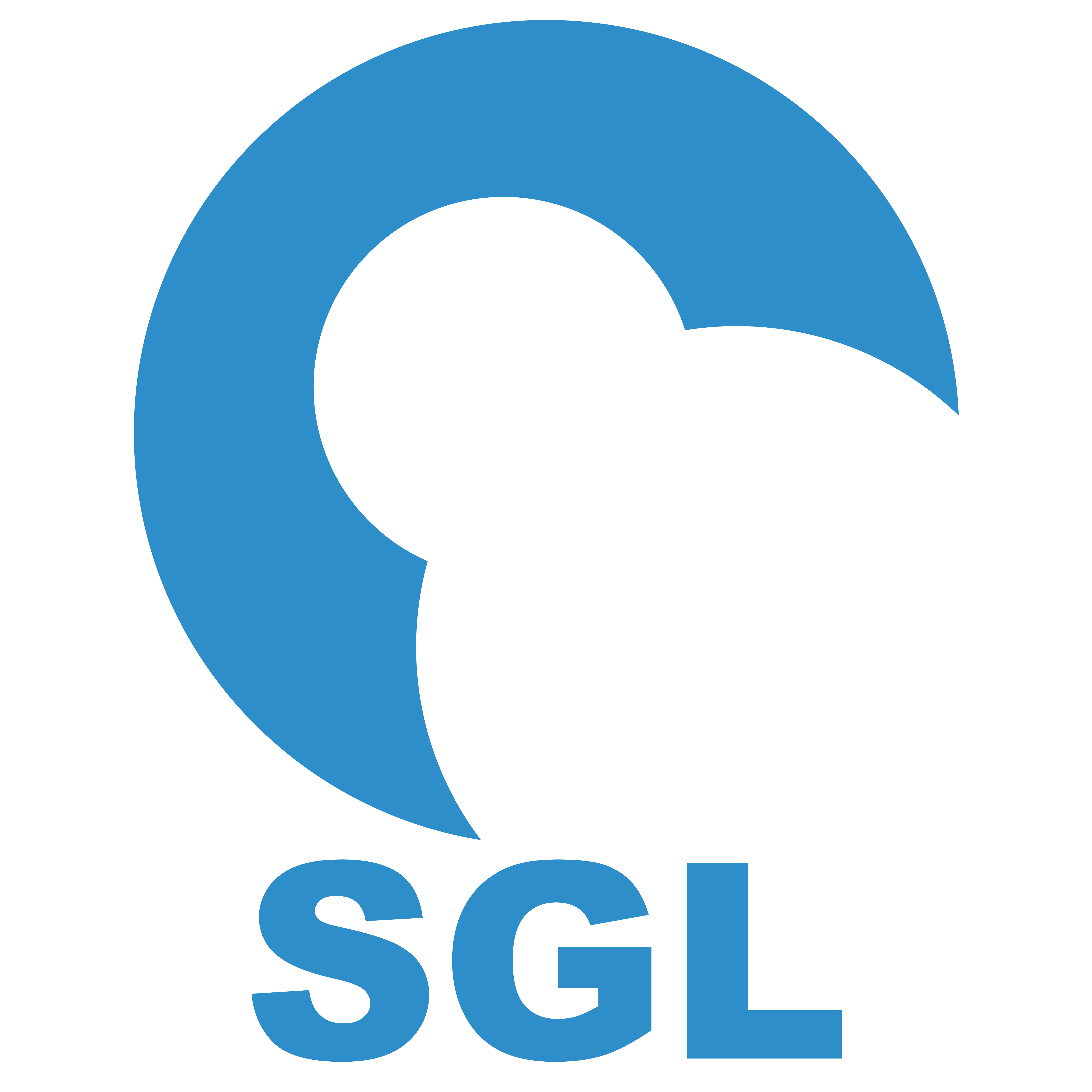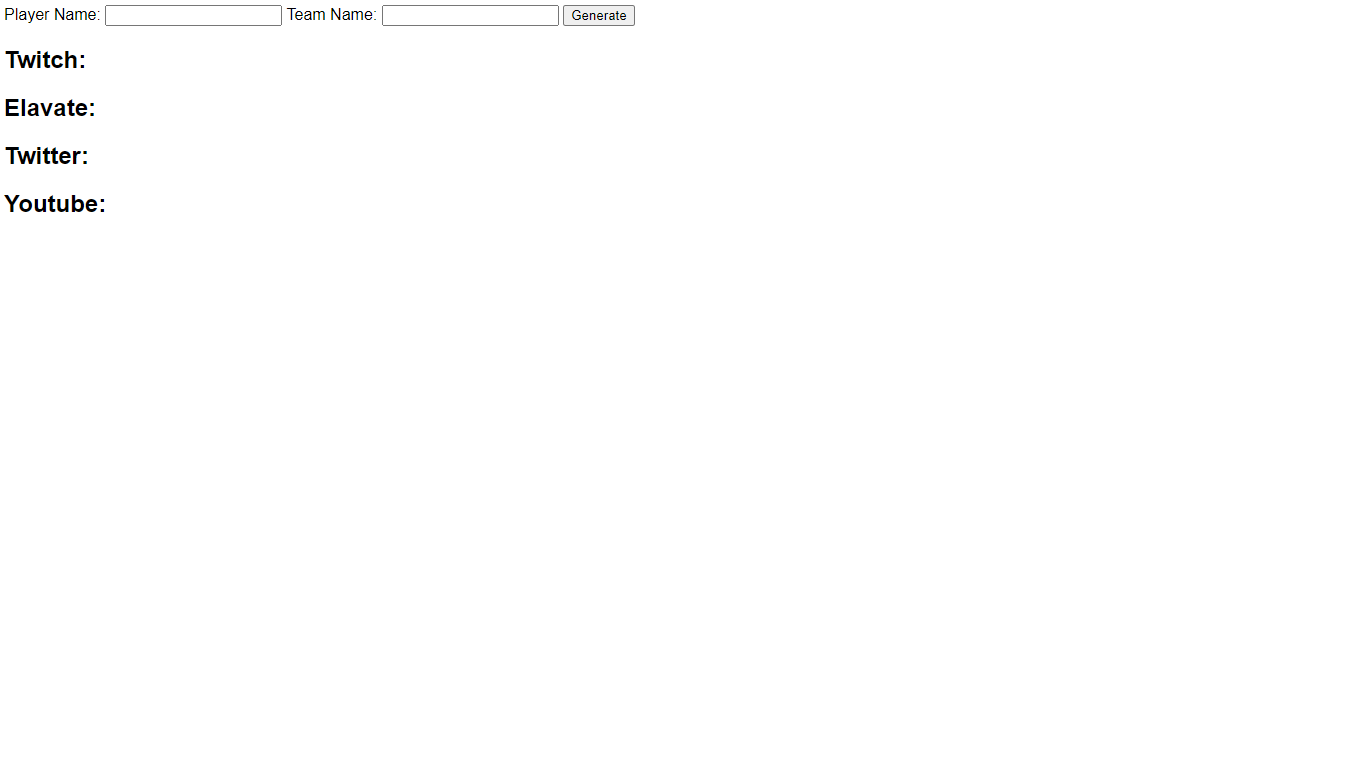
Security News
Create React App Officially Deprecated Amid React 19 Compatibility Issues
Create React App is officially deprecated due to React 19 issues and lack of maintenance—developers should switch to Vite or other modern alternatives.
social-graphics-library
Advanced tools
Das Social Graphics Library Script nutzt <canvas>
zum generieren von von SVG, PNG, JPEG und WebP Grafiken für Community Team Mitglieder und Spieler.

Es besteht auch Support über den Discord Server des WAPS-Framework, der Einladungslink ist https://discord.gg/fraspbc
Zum generieren einer Grafik wird die statische Funktion generator
auf der Klasse SocialGraphicsLibrary aufgerufen:
new SocialGraphicsLibrary.generator(
teamName,
playerName,
mode,
containerId,
imgMode
);
Alternativ kann auch, sollten mehrere Grafiken generiert werden, die Methode multiGenerator aufgerufen werden:
new SocialGraphicsLibrary.multiGenerator(tName, pName, [{
mode: 'twitch-title',
containerId: 'img-container-1',
imgMode: 'jpeg'
}, {
mode: 'elavate-title',
containerId: 'img-container-2',
imgMode: 'jpeg',
generateLink: true
}]
Team Name:
Player Name:
Modus:
Container ID:
Image Modus:
Generate Link
Es ist möglich, alternativ zum Forkend es Projektes, eigene Templates lokal zu injecten. Dazu einfach das NPM Packet installieren mit npm i social-graphics-library , danach kann nach der initialisierung mit der folgenden Methode ein Template Injekted werden:
new SocialGraphicsLibrary.inject([
{
"callName": "template_name",
"template": new Template()
}
])
Um eine Grafik generieren zu können, müssen sogenannte Template Dateien vorbereitet werden. Dabei handelt es sich um Typescript Klassen, in welchen die Grunddaten hinterlegt sind.
Ein simples Template ist wie folgt aufgebaut:
export class Example_Template {
static readonly width: number = 1000;
static readonly height: number = 1000;
static template(teamName: string, playerName: string): string {
teamName;
playerName;
return 'svg string';
}
}
Die Klasse hat immer(!) ein Feld für die Breite, eines für die Höhe und eine Methode, welche des SVG String zurückgibt.
Für das erstellen und anpassen liegen im assetes Ordner diverse Vorlagen für die großen Social Media Plattformen im .afpub Format vor. Diese Können mit Programmen der Affinity Familie von Serif geöffnet und bearbeitet werden. Alternativ liegen im svg Verzeichnis die daraus generierten Files.
Beim anlegen eines SVG files muss darauf geachtet werden, dass die später dynamischen Teile als TEXT und nicht als Vektor hinterlegt sind.
Nachdem das SVG fertig ist, kann es im svg Verzeichnis gespeichert werden und der Sourcecode der SVG wird als String in die template() Methode eingepflegt. Dabei werden die entsprechenden test stellen durch die Variablen ersetzt, die der Methode übergeben werden.
Solange der Name des Files (und der Klasse) einer der bestehenden, ausgenommen des Beispiels ist, kann jetzt das Beispiel Template einfach ersetzt werden und es funktioniert mit dem neuen. Sollte der Name anders sein,
muss die Klasse im glc File in der generator methoden eingepflegt werden.
Danach nurnoch kompilieren, einbinden und es ist fertig.

The Social Graphics Library script uses <canvas>
to generate SVG, PNG, JPEG and WebP graphics for community team members and players.

There is also support via the Discord server of the WAPS-Framework, the invitation link is https://discord.gg/fraspbc
The static function generator is used to generate a graphic
called on the class SocialGraphicsLibrary:
new SocialGraphicsLibrary.generator(
teamName,
playerName,
mode,
containerId,
imgMode
);
Alternatively, if several graphics are to be generated, the multiGenerator method can be called:
new SocialGraphicsLibrary.multiGenerator(tName, pName, [{
mode: 'twitch-title',
containerId: 'img-container-1',
imgMode: 'jpeg'
}, {
mode: 'elavate-title',
containerId: 'img-container-2',
imgMode: 'jpeg',
generateLink: true
}]
Team name:
Player name:
Mode:
Container ID:
Image mode:
Generate Link
As an alternative to forking the project, it is possible to inject your own templates locally. To do this, simply install the NPM package with npm i social-graphics-library, then after the initialization a template can be injected with the following method:
new SocialGraphicsLibrary.inject([
{
"callName": "template_name",
"template": new Template()
}
])
In order to be able to generate a graphic, so-called template files must be prepared. These are typescript classes in which the basic data are stored.
A simple template is structured as follows:
export class Example_Template {
static readonly width: number = 1000;
static readonly height: number = 1000;
static template(teamName: string, playerName: string): string {
teamName;
playerName;
return 'svg string';
}
}
The class always(!) has a field for the width, one for the height and a method which returns the SVG string.
Various templates for the large social media platforms in .afpub format are available in the assetes folder for creating and adapting. These can be opened and edited with programs from the
Affinity Family of Serif. Alternatively, the files generated from it are located in the svg directory.
When creating an SVG file, it must be ensured that the later dynamic parts are stored as TEXT and not as a vector.
After the SVG is ready, it can be saved in the svg directory and the source code of the SVG is entered as a string in the template() method. The corresponding test points are replaced by the variables that are transferred to the method.
As long as the name of the file (and the class) is one of the existing ones, with the exception of the example, the example template can now simply be replaced and it will work with the new one. Should the name be different
the class must be entered in the glc file in the generator methods.
Then just compile, integrate and it's done.

FAQs
A script for generating social media logos and banners
The npm package social-graphics-library receives a total of 7 weekly downloads. As such, social-graphics-library popularity was classified as not popular.
We found that social-graphics-library demonstrated a healthy version release cadence and project activity because the last version was released less than a year ago. It has 0 open source maintainers collaborating on the project.
Did you know?

Socket for GitHub automatically highlights issues in each pull request and monitors the health of all your open source dependencies. Discover the contents of your packages and block harmful activity before you install or update your dependencies.

Security News
Create React App is officially deprecated due to React 19 issues and lack of maintenance—developers should switch to Vite or other modern alternatives.

Security News
Oracle seeks to dismiss fraud claims in the JavaScript trademark dispute, delaying the case and avoiding questions about its right to the name.

Security News
The Linux Foundation is warning open source developers that compliance with global sanctions is mandatory, highlighting legal risks and restrictions on contributions.